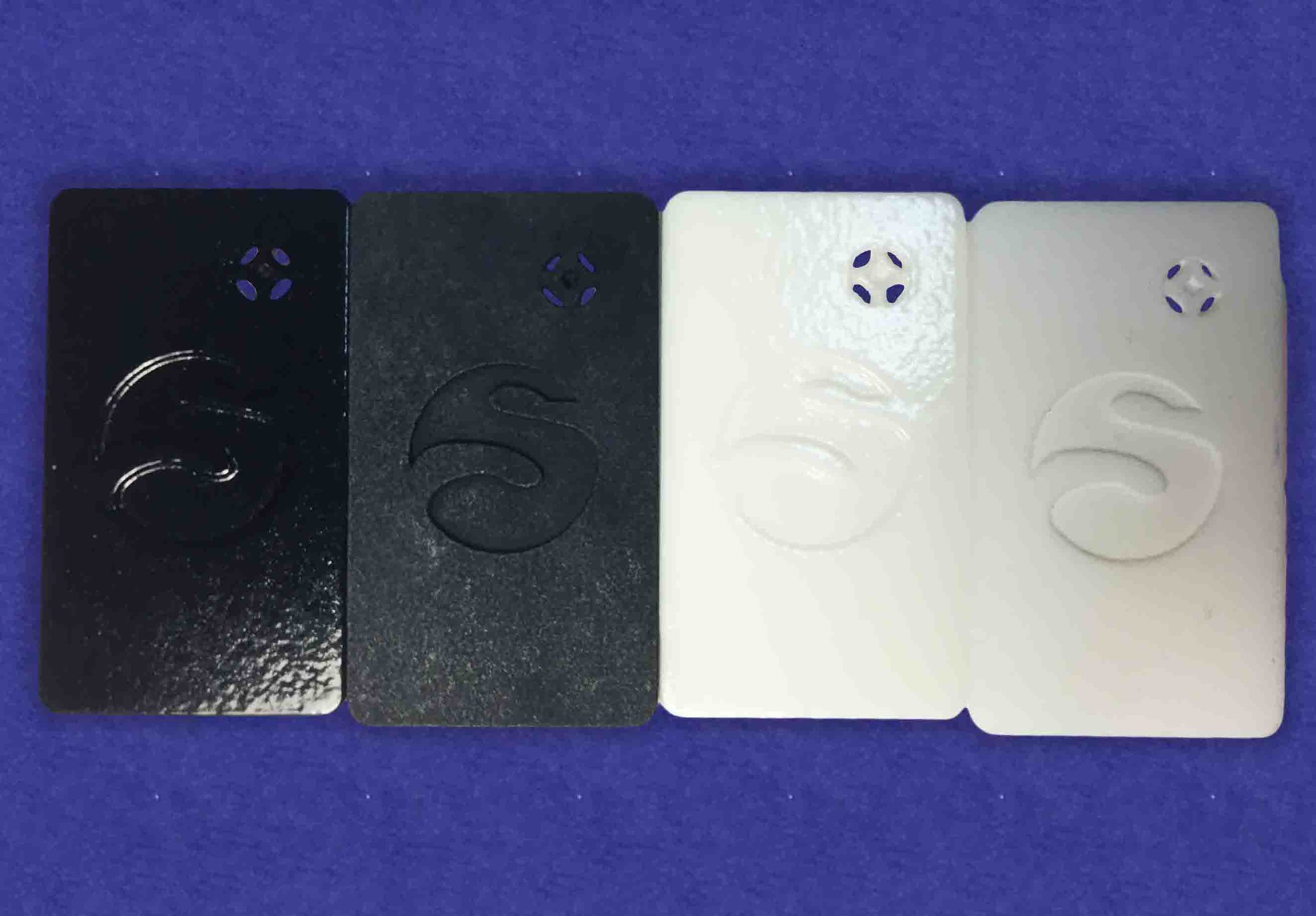
3D print service Sculpteo announced testing of their mysterious smoothing system is now “out of its beta phase” and available to all.
The popular service has long experimented with unusual new features to add value to prints and the process to make them on Sculpteo, and smoothing is another one.
Most 3D printed objects have a layer patina due to the nature of their production with today’s 3D printers, both industrial and desktop. If surface finish is important, then significant post processing has to take place to smooth out the layered effect.
Most often this takes place manually, with a technician literally sanding and polishing a finished print, sometimes repeatedly with increasingly finer sandpaper grits. The results of such work are often fabulous, with mirror-level shines possible. However, such work is also horribly tedious and can take many hours or even days for a larger, more complex piece.
Automated solutions for surface smoothing are limited to two categories: mechanical and chemical.
Mechanical solutions involve tumbling the object in a tub of appropriate hard media that literally pounds off anything sticking out slightly, like a layer boundary on a 3D print. Unfortunately, this process also takes out any fine details or thin structures.
The chemical processes essentially “melt” the outer surface of the object slightly. This takes out some detail but can rapidly produce a very shiny, smooth surface. The drawback here is that some of the chemicals used are rather toxic or dangerous in some way and require special handling or equipment.
But for someone using a 3D print service, the point is that they don’t have a 3D printer themselves; that’s why they’re using the service in the first place. And if you don’t have a 3D printer, you likely also don’t have equipment for smoothing the print.
Thus Sculpteo has bridged that process gap by adding “Smoothing Beautifier” as an option for some types of prints on their service.
They won’t say exactly how it works, but CEO Clement Moreau explained to me that it is a “chemical process”. Currently Sculpteo offers this capability on their PA-12 (nylon) as produced on their powder-based SLS 3D printers. There are some restrictions on the service, such as a size limitation of 140 x 120 x 90mm, which suggests to me they’re using a machine process with those dimensions.
I am impressed that Sculpteo is looking at the ENTIRE process of making an object, rather than just the “3D printing” part of the process. People want objects for a reason; they don’t want a 3D print. This service should simplify life for quite a few of their customers.
Via Sculpteo

